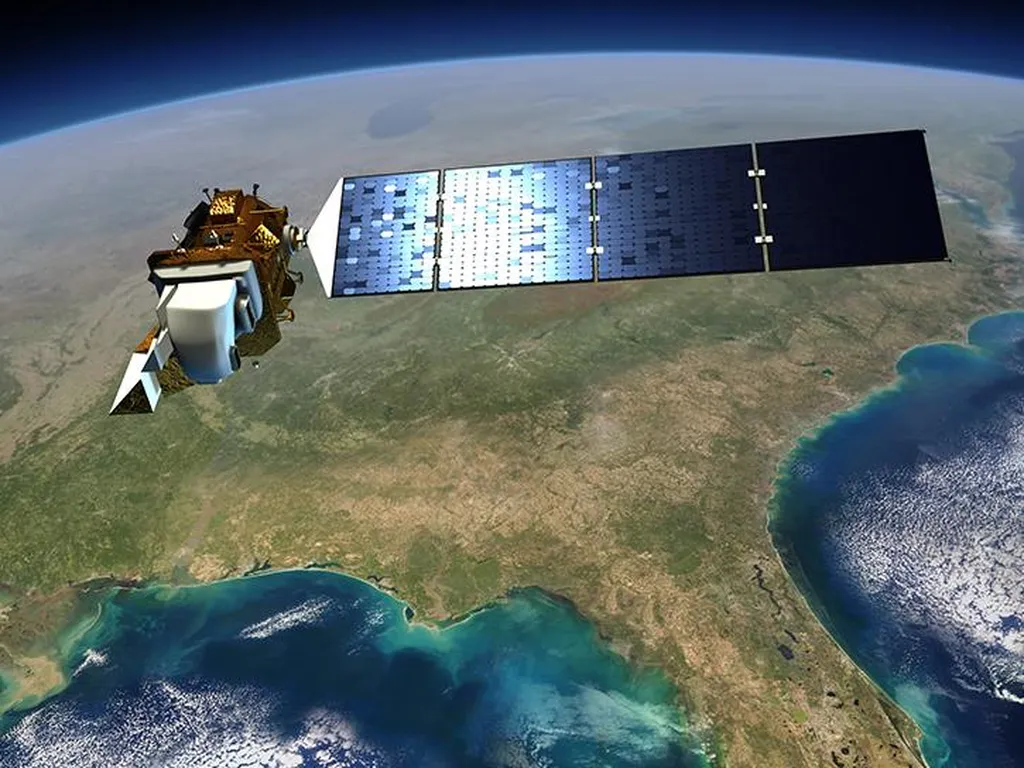In the ever-evolving landscape of agricultural technology, a groundbreaking study published in the journal ‘AI’ is set to revolutionize how we interpret high-spatial-resolution (HSR) aerial imagery. The research, led by Ziran Ye from the Institute of Digital Agriculture at the Zhejiang Academy of Agricultural Sciences, introduces a novel deep learning framework that promises to enhance semantic segmentation of aerial images, a critical tool for urban planning and environmental monitoring.
The study addresses longstanding challenges in the field, such as scale variation, intra-class diversity, and inter-class confusion. By integrating convolutional networks (CNNs) with context-enhanced superpixel generation, the researchers have developed a framework that leverages ConvNeXt as the backbone for feature extraction. This approach incorporates two key modules: a deep superpixel module (Spixel) and a global context modeling module (GC-module). These modules work in tandem to generate context-weighted superpixel embeddings, significantly improving scene–object relationship modeling and refining local details while maintaining global semantic consistency.
The results are impressive. The framework achieved mean Intersection over Union (mIoU) scores of 84.54%, 90.59%, and 64.46% on diverse HSR aerial imagery benchmark datasets (Vaihingen, Potsdam, and UV6K), respectively. These scores underscore the framework’s ability to preserve precise spatial details and maintain semantic consistency, particularly for small objects and complex land cover classes.
“Our approach not only enhances the accuracy of semantic segmentation but also provides a more comprehensive understanding of the aerial imagery,” said lead author Ziran Ye. “This is crucial for applications in agriculture, where precise land cover classification can inform decisions on crop health, irrigation, and pest management.”
The commercial implications for the agriculture sector are substantial. Accurate semantic segmentation of aerial imagery can lead to more efficient land use planning, improved crop monitoring, and better resource management. Farmers and agronomists can leverage this technology to make data-driven decisions, ultimately increasing productivity and sustainability.
The study also conducted ablation experiments to validate the contributions of the global context modeling module and deep superpixel modules, highlighting their synergy in improving segmentation results. This work paves the way for future developments in the field, potentially shaping how we interpret and utilize aerial imagery in various applications.
As the agriculture sector continues to embrace technological advancements, this research offers a glimpse into the future of precision agriculture. By enhancing the interpretation of HSR aerial imagery, the framework developed by Ziran Ye and their team at the Institute of Digital Agriculture could play a pivotal role in shaping the next generation of agricultural practices.
In an era where data-driven decisions are becoming increasingly important, this study underscores the potential of deep learning frameworks to transform the way we interact with and understand our environment. The research, published in ‘AI’ and led by Ziran Ye from the Institute of Digital Agriculture at the Zhejiang Academy of Agricultural Sciences, marks a significant step forward in the field of aerial image semantic segmentation, with far-reaching implications for the agriculture sector.

